Browse "Animals"
-
Article
Grouse
The Grouse (Tetraonidae) is a small subfamily (18 species) of chickenlike birds with circumpolar distribution above latitude 26° north.
"https://d2ttikhf7xbzbs.cloudfront.net/media/media/99149971-fea4-445a-8bfe-58335a68e67f.jpg" // resources/views/front/categories/view.blade.php
https://d2ttikhf7xbzbs.cloudfront.net/media/media/99149971-fea4-445a-8bfe-58335a68e67f.jpg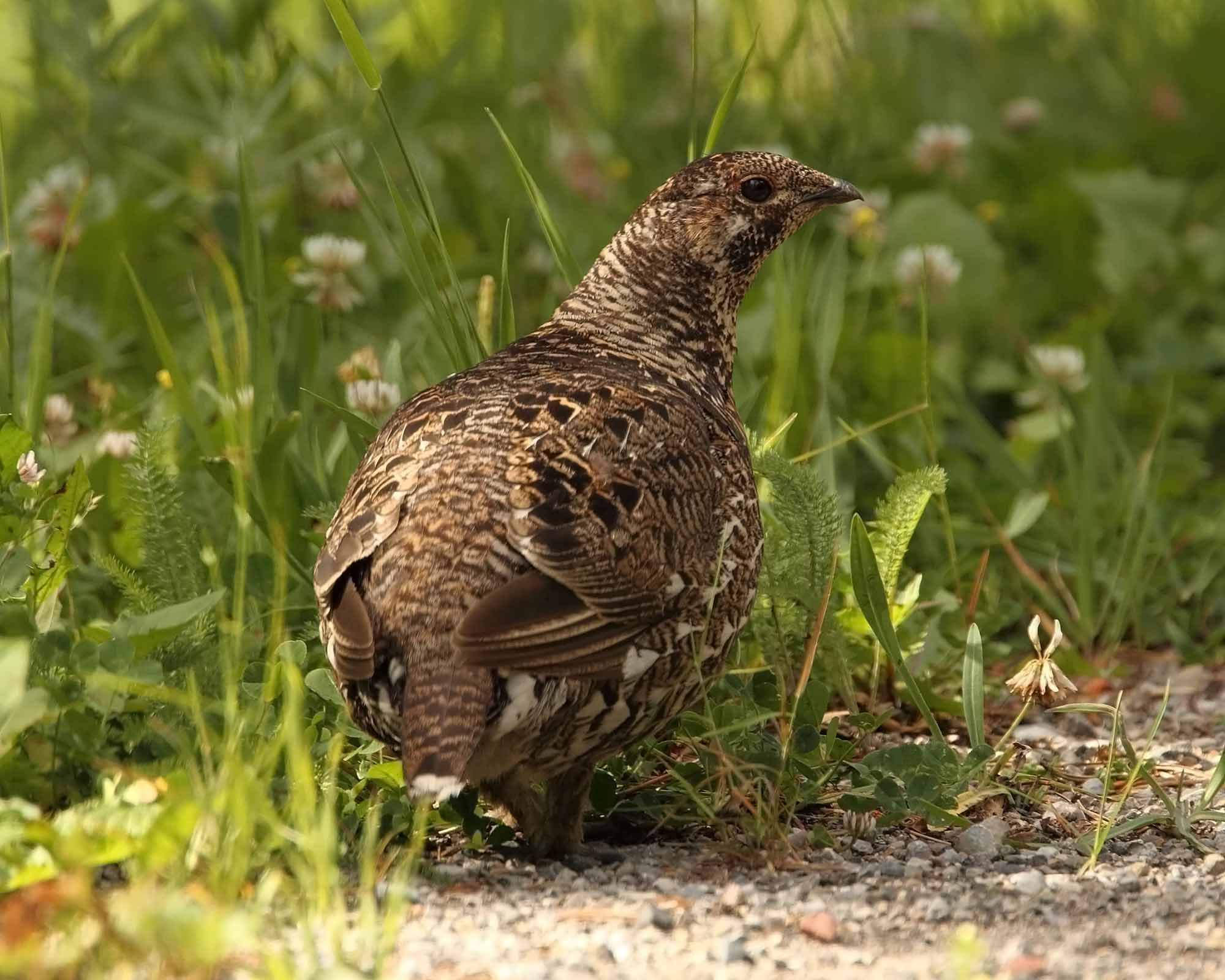
-
Article
Gull
The gull (Laridae) family consists of long-winged, web-footed birds containing 2 subfamilies: Larinae and Sterninae.
"https://d2ttikhf7xbzbs.cloudfront.net/media/media/89c5d2bc-52bc-402b-b3ae-a574820f9744.jpg" // resources/views/front/categories/view.blade.php
https://d2ttikhf7xbzbs.cloudfront.net/media/media/89c5d2bc-52bc-402b-b3ae-a574820f9744.jpg
-
Article
Hagfish
Hagfish, group of primitive vertebrates which together with lampreys and various extinct forms comprise the fish class Agnatha.
"https://d2ttikhf7xbzbs.cloudfront.net/media/media/917408af-771b-4db4-bc1b-9a5098db913a.jpg" // resources/views/front/categories/view.blade.php
https://d2ttikhf7xbzbs.cloudfront.net/media/media/917408af-771b-4db4-bc1b-9a5098db913a.jpg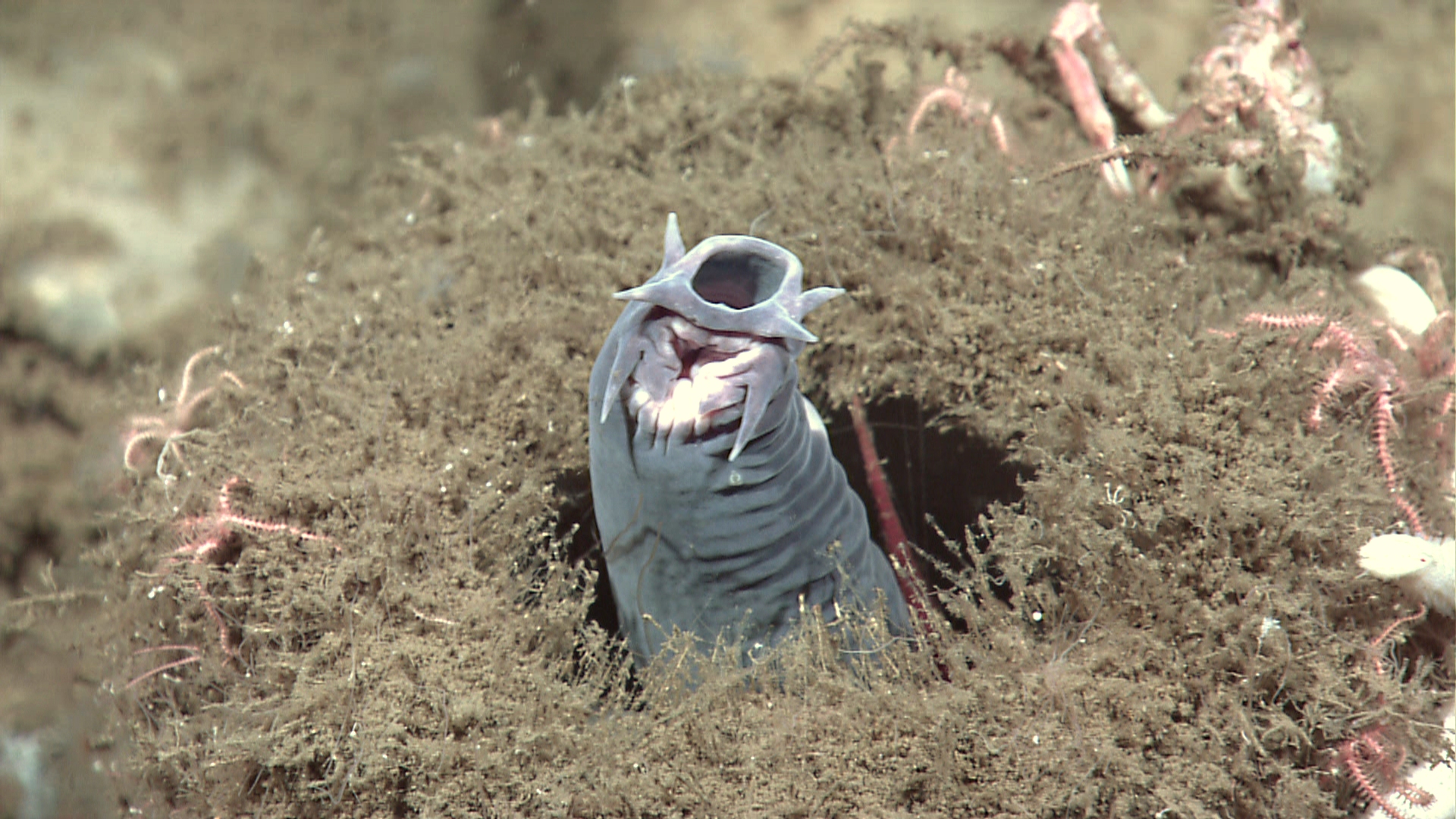
-
Article
Hare (Mammal)
Hare is a term applied to midsized herbivores of the order Lagomorpha whose young are born fully haired, with eyes open, and able to run about a few minutes after birth.
"https://d2ttikhf7xbzbs.cloudfront.net/media/media/8e71f9da-22dd-4449-bd01-06be2e3f6ddf.jpg" // resources/views/front/categories/view.blade.php
https://d2ttikhf7xbzbs.cloudfront.net/media/media/8e71f9da-22dd-4449-bd01-06be2e3f6ddf.jpg
-
Article
Harvestmen
Harvestmen are Arachnids of the order Opiliones. Harvestmen is the preferred term but they are commonly called daddy-long-legs - even though many have short legs.
"https://d2ttikhf7xbzbs.cloudfront.net/media/media/5f9b522a-c0a2-4525-934e-96b9f48c2665.jpg" // resources/views/front/categories/view.blade.php
https://d2ttikhf7xbzbs.cloudfront.net/media/media/5f9b522a-c0a2-4525-934e-96b9f48c2665.jpg
-
Article
Hawk
Hawk is a common name for several species of diurnal birds of prey from widely separate families.
"https://d2ttikhf7xbzbs.cloudfront.net/media/media/b29bbb2a-7f25-41ca-b740-404265a1ed7c.jpg" // resources/views/front/categories/view.blade.php
https://d2ttikhf7xbzbs.cloudfront.net/media/media/b29bbb2a-7f25-41ca-b740-404265a1ed7c.jpg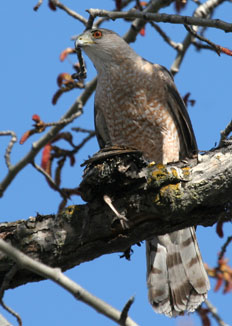
-
Article
Heron
The heron (Ardeidae) family of birds comprises 60 species worldwide, 12 in Canada (including true herons, egrets, night herons and bitterns).
"https://d2ttikhf7xbzbs.cloudfront.net/media/media/357f44da-e3f7-4ee9-8212-3249a113faa5.jpg" // resources/views/front/categories/view.blade.php
https://d2ttikhf7xbzbs.cloudfront.net/media/media/357f44da-e3f7-4ee9-8212-3249a113faa5.jpg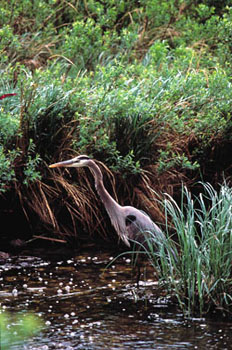
-
"https://d2ttikhf7xbzbs.cloudfront.net/media/media/2280041c-0f68-4bff-b9af-57d165727396.jpg" // resources/views/front/categories/view.blade.php
https://d2ttikhf7xbzbs.cloudfront.net/media/media/2280041c-0f68-4bff-b9af-57d165727396.jpg
-
Article
Hornet
Hornet is the common name for wasps in the genus Vespa. They are members of the insect family Vespidae in the order Hymenoptera, which also includes other social wasps like yellowjackets and paper wasps. There are 22 species of hornets worldwide, none of which are native to Canada. However, three introduced species have been found here: the European hornet (Vespa crabro) in southern Ontario and Quebec, and the Japanese yellow hornet (Vespa simillima) and Asian giant hornet (Vespa mandarinia) in coastal British Columbia. The bald-faced hornet (Dolichovespula maculata) is native to Canada, but is actually a species of yellowjacket.
"https://d2ttikhf7xbzbs.cloudfront.net/media/new_article_images/Hornet/EuropeanHornet.jpg" // resources/views/front/categories/view.blade.php
https://d2ttikhf7xbzbs.cloudfront.net/media/new_article_images/Hornet/EuropeanHornet.jpg
-
Article
Horse
Horse (Equus caballus), herbivorous mammal possessing single toes or hoofs (ie, ungulate), contributing to its speed.
"https://d2ttikhf7xbzbs.cloudfront.net/media/media/d1a0eb99-4fa3-41dd-9b5b-82fce73febc8.jpg" // resources/views/front/categories/view.blade.php
https://d2ttikhf7xbzbs.cloudfront.net/media/media/d1a0eb99-4fa3-41dd-9b5b-82fce73febc8.jpg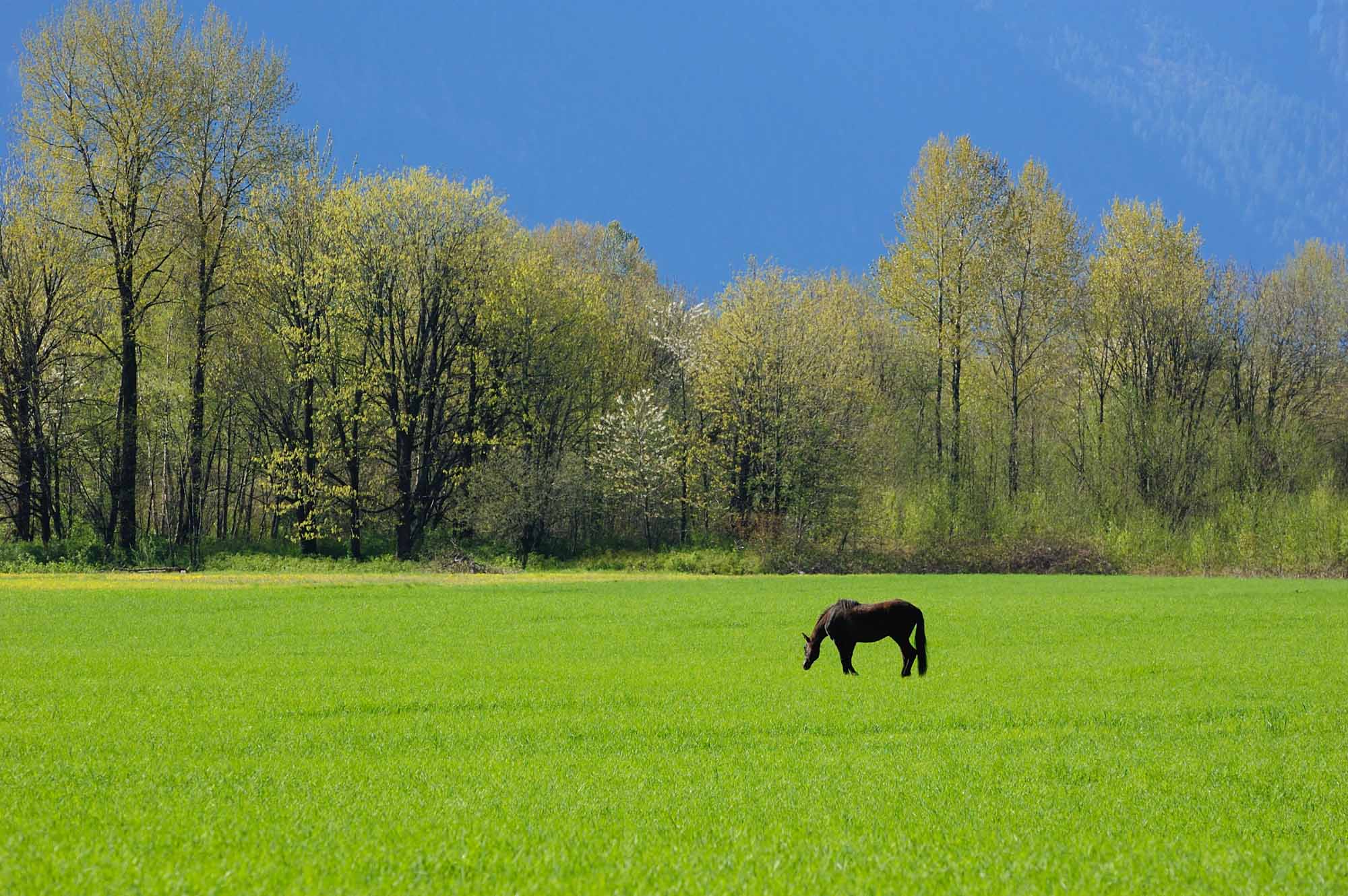
-
Article
Wild Horses
Wild horses or feral horses (meaning once domesticated animals that have reverted to a wild state) are found primarily in Western Canada. East of Alberta, the only wild horses are the Sable Island horses. Whether wild horses in North America should be referred to as wild or feral is a matter of debate among experts.
"https://d2ttikhf7xbzbs.cloudfront.net/media/media/bb59d32a-9657-4d60-acab-db0e4608fe4f.jpg" // resources/views/front/categories/view.blade.php
https://d2ttikhf7xbzbs.cloudfront.net/media/media/bb59d32a-9657-4d60-acab-db0e4608fe4f.jpg
-
Article
House Sparrow
The house sparrow (Passer domesticus) is a small, granivorous and insectivorous songbird with conical bill and chunky body.
"https://d2ttikhf7xbzbs.cloudfront.net/media/media/f1ccc4f4-b556-4969-a125-18e694603490.jpg" // resources/views/front/categories/view.blade.php
https://d2ttikhf7xbzbs.cloudfront.net/media/media/f1ccc4f4-b556-4969-a125-18e694603490.jpg
-
Article
Humane Societies
Humane societies are societies for the prevention of cruelty to animals (SPCA). Following a long struggle by Richard Martin, British landowner and parliamentarian, and others to secure legislation against cruelty to children and livestock, the first SPCA was begun in England in 1824.
"https://development.thecanadianencyclopedia.ca/images/tce_placeholder.jpg?v=e9dca980c9bdb3aa11e832e7ea94f5d9" // resources/views/front/categories/view.blade.php
https://development.thecanadianencyclopedia.ca/images/tce_placeholder.jpg?v=e9dca980c9bdb3aa11e832e7ea94f5d9
-
Article
Hummingbird
Hummingbird is a common name for New World family Trochilidae, which numbers more than 300 species.
"https://development.thecanadianencyclopedia.ca/images/tce_placeholder.jpg?v=e9dca980c9bdb3aa11e832e7ea94f5d9" // resources/views/front/categories/view.blade.php
https://development.thecanadianencyclopedia.ca/images/tce_placeholder.jpg?v=e9dca980c9bdb3aa11e832e7ea94f5d9
-
Article
Humpback Whale
The humpback whale (Megaptera novaeangliae) is the one of the most well-studied whale species. The genus Megaptera means “large winged,” highlighting its long pectoral fins and broad tail fins or flukes, which it slaps on the water's surface in enormous displays. This whale has become renowned for these displays. They are also famous for their songs, which the males sing during the breeding season.
"https://d2ttikhf7xbzbs.cloudfront.net/humpbackwhale/Humpback-Whale-Breaching.jpg" // resources/views/front/categories/view.blade.php
https://d2ttikhf7xbzbs.cloudfront.net/humpbackwhale/Humpback-Whale-Breaching.jpg
